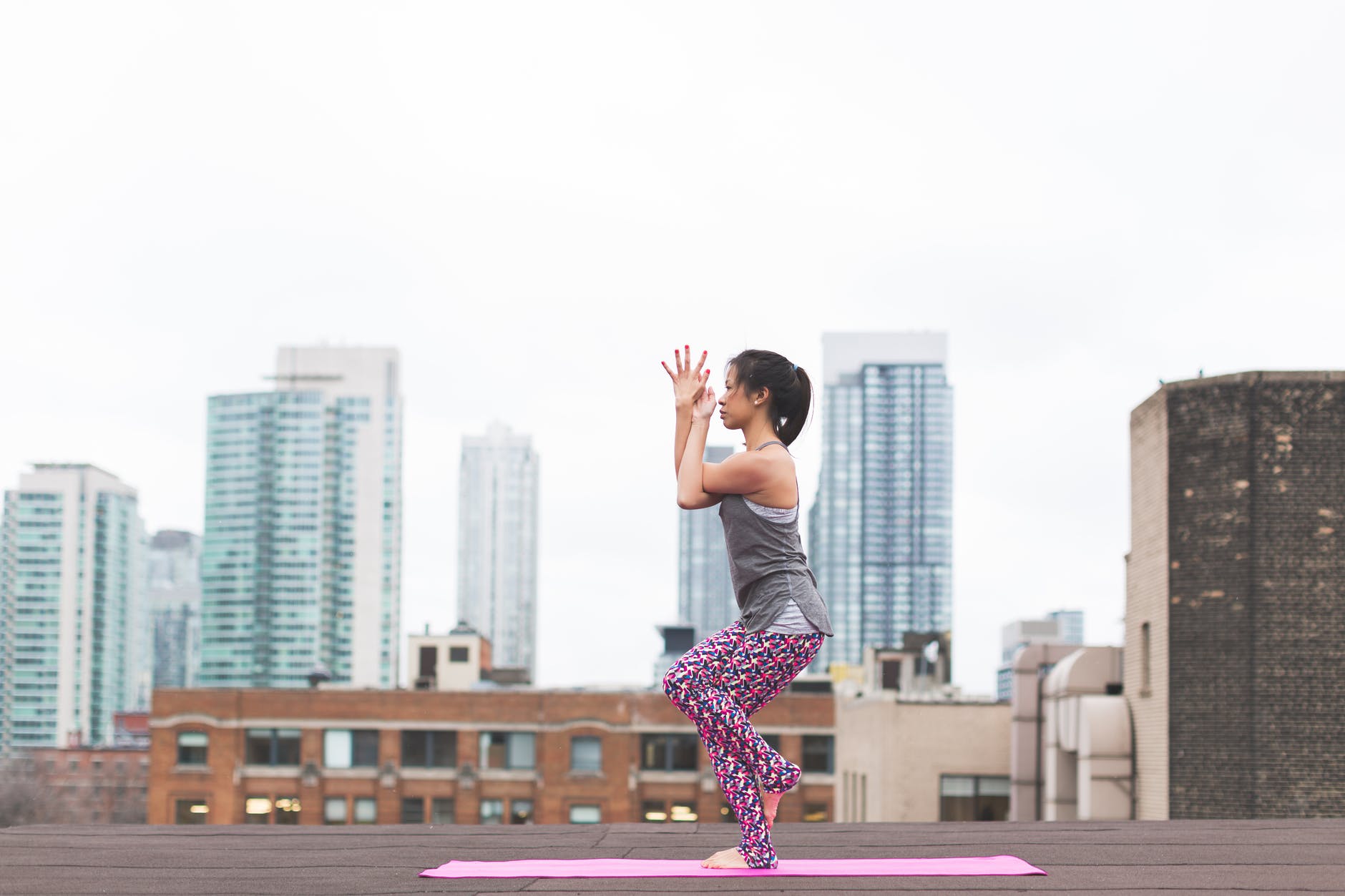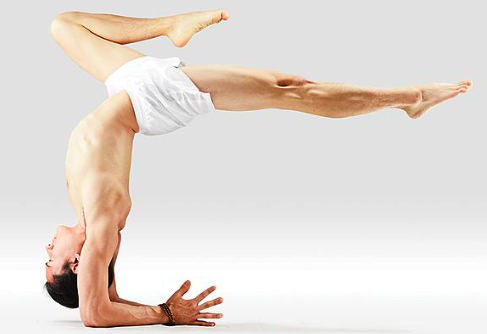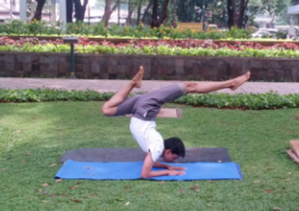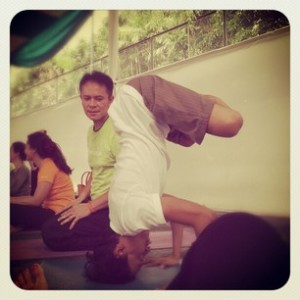Saya pernah menulis cukup banyak profil guru yoga di website komunitas yoga gembira (yogagembira.com). Tapi karena website tersebut sudah lenyap, saya akan tayangkan profil-profil guru yang penah saya tulis untuk ditayangkan di blog saya ini. Wawancara di bawah ini dilaksanakan tepat di awal pandemi Covid-19 bulan Maret 2020 lalu via WhatsApp.
LAHIR di Surabaya, pria bernama lengkap Matthew Advan Satriopandu ini menyukai yoga sejak perkenalannya di tahun 2008. “Saya mencoba yoga pertama kali tahun 2008. Saya langsung suka bagaimana yoga mentransformasi dari dalam ke luar, dan melampaui batasan fisik (raga) dan memungkinkan kita menyelami diri lebih dalam melalui napas (tubuh halus) dan lapisan kesadaran (tubuh kausal).
Terinspirasi oleh guru-gurunya dari Dini Maharani dan Ryan Mannix, Matthew yang akrab dipanggil Matt ini memiliki tujuan beryoga untuk mencapai sesuatu yang ditetapkan di awal latihan. Tak peduli sesedikit apapun kemajuan yang diraih, bukan masalah asal terus berlatih mencapai tujuan.
Matt yang juga menggemari aktivitas fotografi secara profesional ini mencicipi yoga pertama kali dan merasakan adanya sejumlah manfaat. “Saya makin memahami bahwa semua hal ada waktunya sendiri dan saya juga menjadi tidur lebih nyenyak,” terang pengajar yoga yang memiliki akun Instagram @meet___matt ini dalam wawancara via WhatsApp dengan YogaGembira.com.
Matt memiliki jenis yoga yang paling disukai yakni Vinyasa Yoga sebab yoga jenis ini berorientasi tujuan. “Saya juga menyukai Ashtanga Yoga karena faktor disiplin yang diterapkan di dalam kelasnya,” jelas Matt yang mengaku dirinya berlatih yoga sendiri 2 hingga 3 kali waktu per minggu.
“Saya berlatih Ashtanga Yoga 1 hingga 2 kali sebulan. Saya juga bermeditasi setiap hari,” ucap praktisi yoga yang menyukai postur headstand karena merasa stabil dan meditatif pada saat bersamaan.
Matt yang menghabiskan waktu luangnya untuk pelayanan di gereja dan bermain piano ini berupaya mengintegrasikan yoga dalam kehidupan sehari-hari dengan mengamati napas ini sehingga bisa lebih mendalami momen saat ini tanpa terdistraksi oleh pikiran-pikiran lain yang melintas lainnya.
Kini sibuk mengajar yoga di sejumlah studio yoga di kawasan Jakarta Selatan, Matt menggambarkan bahwa dirinya di kelas mengajar dengan gaya yang meditatif, progresif, dan ‘cair’. Di kelas, ia mengajar dengan berfokus pada aspek kekuatan, menciptakan ruang yang aman bagi semua partisipan dalam kelas untuk memahami kelemahan mereka.
Pengalaman pertama mengajar Matt bisa dikatakan sangat membekas. Ia sendiri masih mengingat tanggalnya. “Kelas pertama saya pada tanggal 28 Juli 2019 dipenuhi hampir 40 orang dan di hari sebelumnya saya jauh dari kata siap tetapi di hari saya mengajar dan saya pikir saya memproyeksikan sepenuhnya pada kelas yang saya ajar,” ujar pria kelahiran 32 tahun lalu tersebut.
Apa yang menurut Matt paling menarik dalam yoga? “Saya tertarik dengan aspek chakra, kepuasan diri, belajar mandiri, dan disiplin dalam yoga,” pungkasnya.
Akan membawakan tema “Twister Flow” di kelas Komunitas Yoga Gembira, Matt memfokuskan kelasnya pada badan, napas, dan pikiran. Ikuti kelasnya tanggal 15 Maret 2020 nanti di Taman Suropati, Menteng. Jakarta Pusat. (*/Akhlis)




